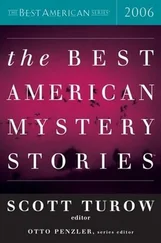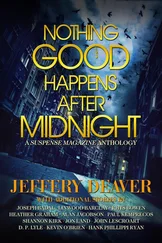Coughlin repeated, “‘Very, very...’ I see. So then you can’t testify that the grains of sand at my client’s home matched the grains of sand at the crime scene.”
“I just said—”
The attorney snapped, “Can you say the grains of sand from my client’s house matched the six grains of sand discovered at the crime scene?”
After a long moment, Rhyme said, “No, I cannot.”
Coughlin brushed a hand through his sturdy hair. “Almost done, Mr. Rhyme. But before you leave, I’d like to ask you just a few more questions.” A fast look to the jury, then back. “And these are about you.”
Will it be murder or not?
Will I be watching a human being’s bloody end?
The clearing is surrounded by lush greenery and, beyond, sandy fields. In the hazy distance are hills like camel humps. A jetliner’s contrail slices the sky, high, high, in the air. A voluptuous storm cloud looms and there will be rain soon.
I stretch and observe closely, looking at two men, both sinewy, dark complected, black hair, Latinx features. They are wearing gray slacks and T-shirts with images and type.
I myself am dressed similarly, though my slacks are beige and my T-shirt black, with no markings.
All of us wear running shoes.
The man with the knife is in an AC/DC T-shirt. The man standing in front of him, his hands bound behind his back, is wearing a faded yellow and green shirt. I think there was a sports team logo on the breast but washing has removed it. Brazil soccer, maybe.
AC/DC is speaking loudly, in Spanish. The knife moves but not threateningly. The man is simply gesturing. Making points, emphasizing. His body language suggests he’s worked up. The strident words spew from the wiry man in staccato bursts.
The man with his hands bound with long and sloppily tied rope is looking as bewildered as afraid.
The lecturer raises the knife in the air. It has a smooth edge on the bottom of the blade, a serrated one on the top.
The question remains: Will it be murder?
Maybe this is just a message. Pure, and ponderous, talk. Intimidation.
When people are about to die, they don’t get desperate and try to fight or run. They’re passive and perhaps cry or perhaps ask, “Why, why, why?” but little more than that. Maybe there’s some negotiation: Promises of money, or sex. Promises of changed ways. Mutterings of regret.
Never begging for mercy. Which I find interesting.
AC/DC’s diatribe seems to be winding down. The motion with the knife slows. The bound man is crying.
And, of course, I’m wondering what I should do.
Playing God means making tough decisions.
Sitting forward in anticipation, eyes on the wicked knife, which seems stained with dried blood, I ask myself: What’s it going to be?
“Mr. Rhyme,” Coughlin was saying, “you analyze evidence in your town house, is that correct?”
“In a laboratory in my town house, yes.”
“Not a bad commute,” the man offered casually, smiling. Several jurors joined him.
Rhyme dipped his head, acknowledging the tepid cleverness.
“What precautions do you take to make sure there is no contamination of the evidence gathered at the crime scene by substances in the town house?”
“We comply with the American Forensic Institute’s Committee of Area Contamination Guidelines. One hundred percent.”
“Tell us specifically how?”
“The lab is scrubbed three times a day with disinfectants. It’s separated from the rest of the town house by a floor-to-ceiling glass divider, with positive pressurization so intake of substances from outside cannot happen. No one goes into the lab without wearing protective clothing — bonnets, booties, mask and a lab coat. Gloves too. This protects them and protects the evidence from contamination.”
“Booties, you said.”
“Like the sort surgeons wear.”
“With all respect to your condition, Mr. Rhyme, you can’t put booties on your wheels, now, can you?”
“I mostly supervise the lab work of others.”
“Do you ever go into the — is it called a sterile area?”
Rhyme hesitated again. He glanced at the prosecutor. Sellars’s face revealed a hint of uneasiness. “Yes, sterile area. And I do go in occasionally to analyze evidence. I wear all of the other personal protective gear I just mentioned and—”
“I’d like to focus on the wheels of your chair. How do you protect them against contamination?”
“The wheels are carefully cleaned by my aide before I go inside. They’re brushed and scrubbed.”
Coughlin glanced at the wheelchair. It was an Invacare model with large wheels in the center and two coaster wheels in the front and two in the back. This let Rhyme turn in any direction he wished without having to drive forward or back.
“This is the chair you’d use when you go into the lab?”
“Yes, but again—”
“‘Yes’ is fine, sir. Now what type of tires are those?”
“I couldn’t tell you.”
“If they’re standard, they’d be fourteen-inch Invacare 3.00-8 foam filled. Also known as flat free, or solid tires.”
“I believe that’s correct.” Well, the man had done some homework. And when had the lawyer’s private eye been spying on Rhyme?
“And Invacare is known for quality products for the disabled, aren’t they?”
“Objection,” said Sellars. “The witness is not an expert on a corporation’s reputation. Besides, what’s the point of this line of questioning?”
“I’ll withdraw the question about quality products, Your Honor. I’m getting to my point now.”
“Very well. With some vivace, perhaps.” The judge was known to be an opera fan.
“Of course, Your Honor. Mr. Rhyme, do the tires on that wheelchair perform to your satisfaction?”
“Well, yes.”
“Including good traction?”
“Yes.”
“Do you think that’s because of the deep tread?”
“Objection.”
“Mr. Coughlin, if you want to introduce the wheels into evidence, make your motion.”
“That won’t be necessary, Your Honor.”
Of course it wasn’t. The jurors had all gotten a look at the treads, which were deep. The lawyer had made his point.
“Mr. Rhyme, how long would you say it takes your aide to clean those treads?”
“Probably twenty minutes.”
“For both of them?”
“That’s right.”
“Ten minutes each.”
“That’s what the math would say.” Getting a few smiles himself.
“I’ve read your treatises, Mr. Rhyme. You’ve written that trace evidence adheres like glue to hands, feet, hair. And can be so small that it’s virtually undetectable without special equipment like powerful microscopes. Is that correct? Those are your words, are they not?”
“Yes, but—”
“Now, you made a reference to the AFI’s Committee of Area Contamination Guidelines. Isn’t it true that those guidelines deal exclusively with the issue of DNA contamination?”
Rhyme paused. His eyes met the prosecutor’s. “This is correct.”
“They say nothing about other substances?”
“No, though by following them—”
“Mr. Rhyme, please. The guidelines were not meant to address other forms of trace evidence analyzed in the lab. Is that a true statement?”
“It is,” Rhyme muttered.
Coughlin’s eyes lit up. “If you knew that the guidelines applied only to DNA, why would you cite them as proof of your diligence in handling the trace evidence against my client?”
“I didn’t think about it.”
“Could it be that you wanted to attempt to shore up your credibility because you are not in fact very confident about the evidence presented against my client?”
Читать дальше
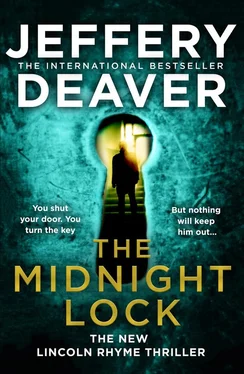
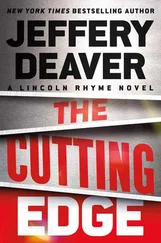

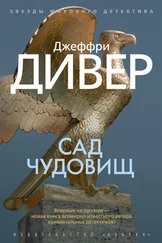
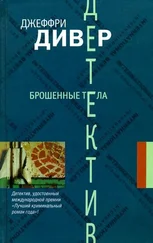

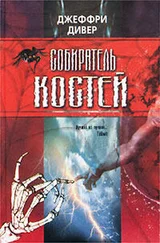

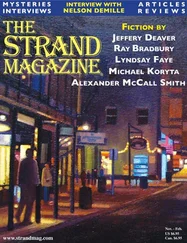
![Джеффри Дивер - Where the Evidence Lies [A Lincoln Rhyme Short Story]](/books/403782/dzheffri-diver-where-the-evidence-lies-a-lincoln-r-thumb.webp)
